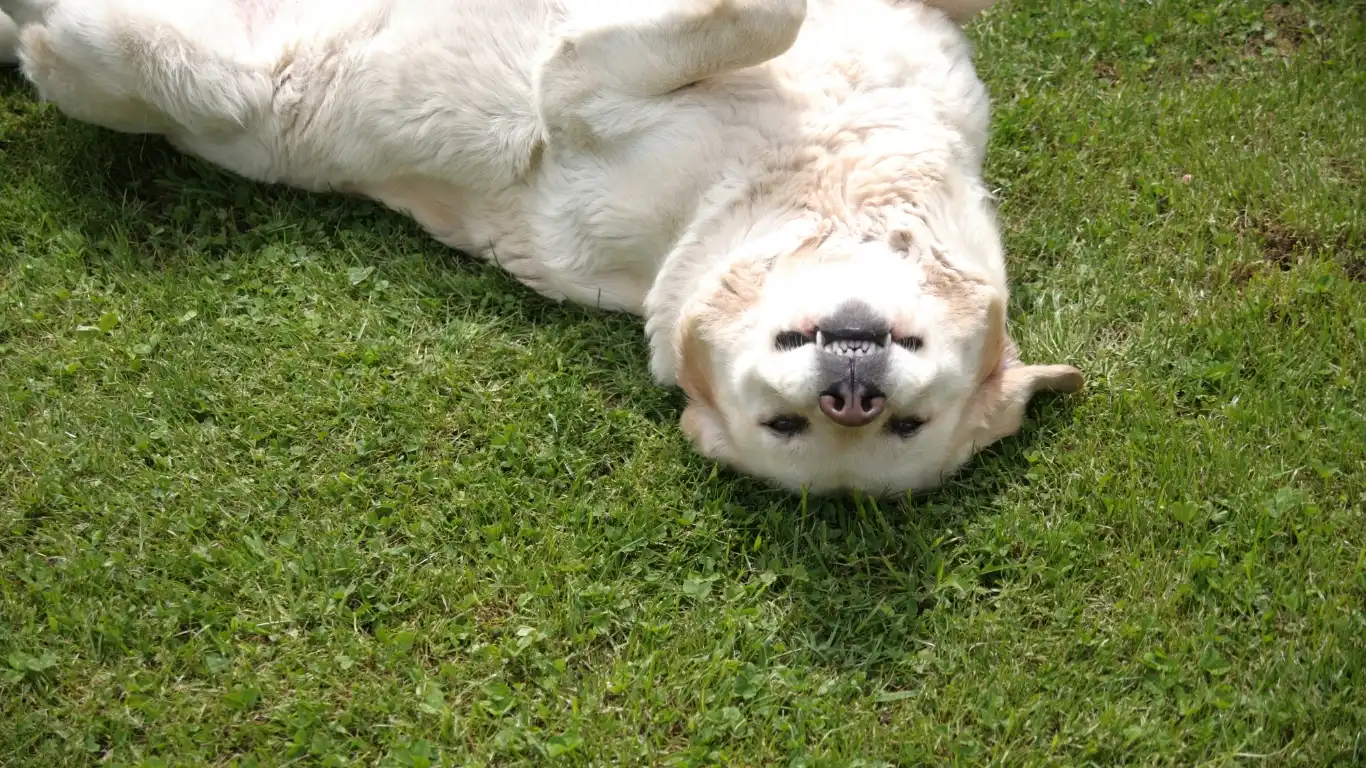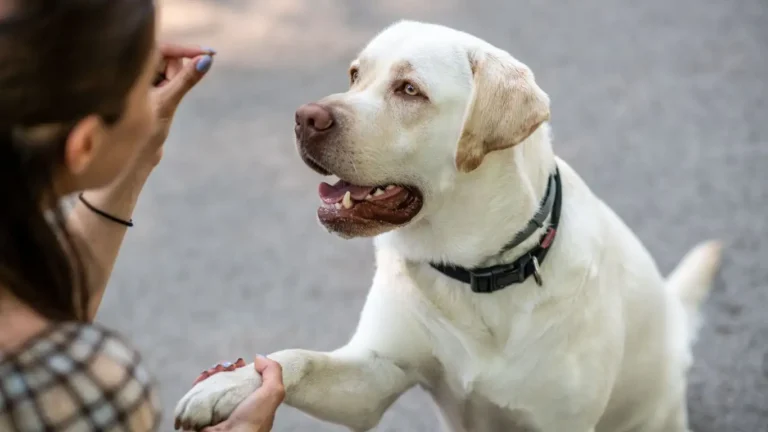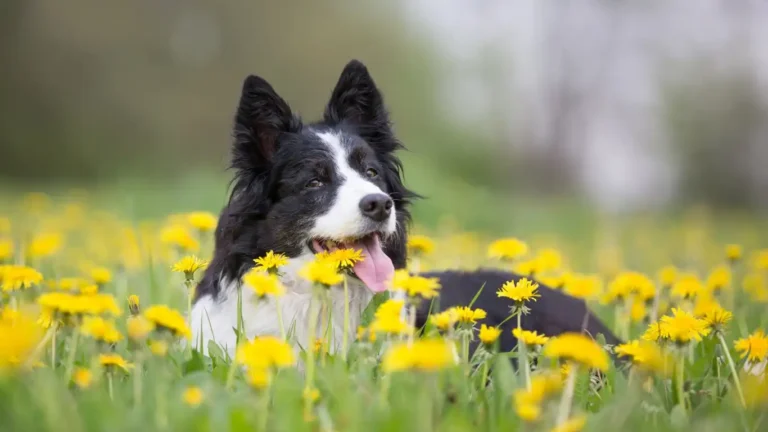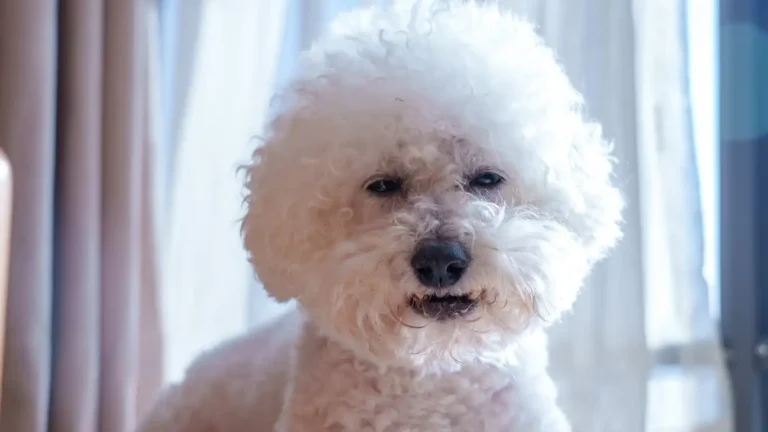How to Help Your Dog Adjust to a New Baby Smoothly
Bringing a new baby into your home is one of life’s most exciting moments — but it can also be a bit of a whirlwind, especially for your furry family members. If you’re wondering how to help your dog adjust to a new baby, you’re definitely not alone. As a Veterinary Technician specializing in nutrition, I’ve seen firsthand how changes in the household can impact pets, especially dogs who thrive on routine and attention. The good news? With a little patience, preparation, and understanding, you can make this transition smooth for your dog and set the stage for a loving relationship between your pup and your newest little human.
Understanding Your Dog’s Perspective
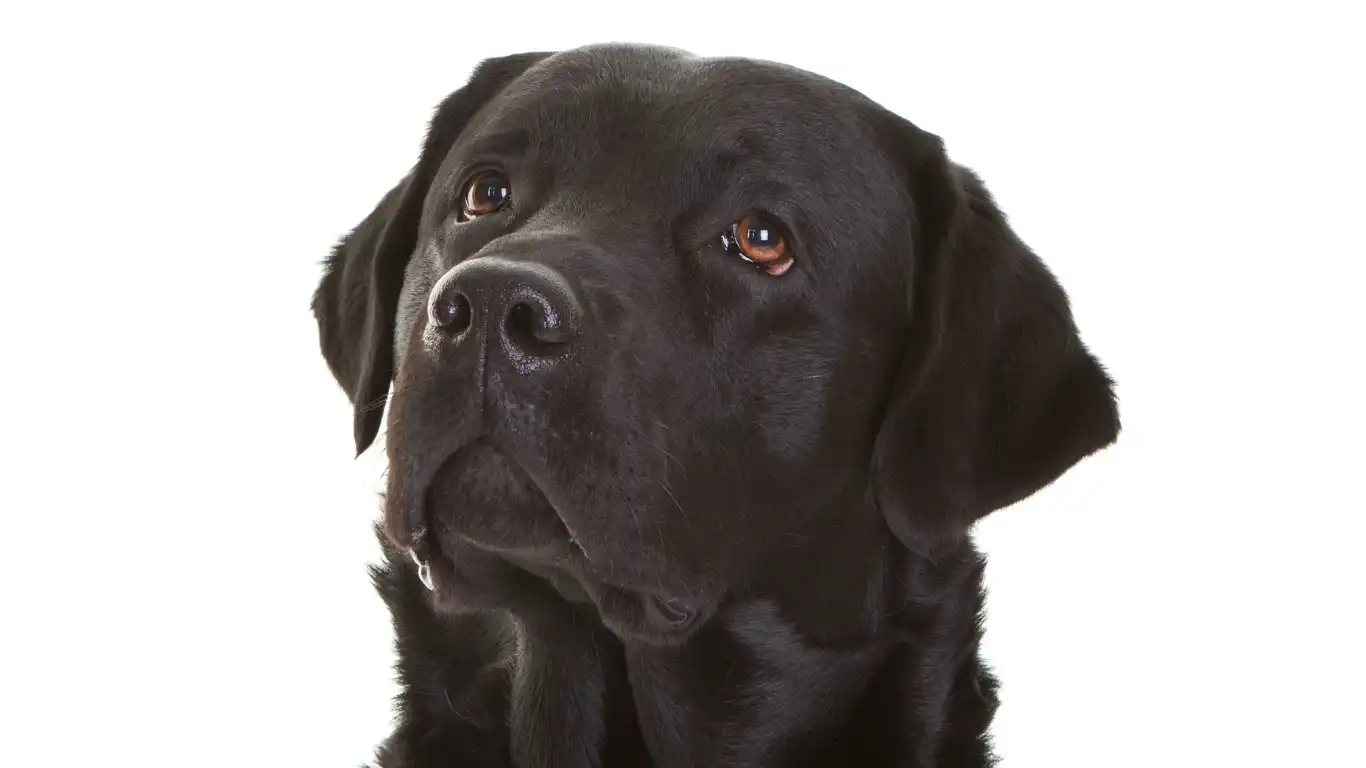
Dogs are incredibly intuitive, but that doesn’t mean they instantly grasp what a new baby means for them. Often, your dog might feel confused or even a bit left out because their world suddenly changes. It’s important to remember that your dog isn’t being “jealous” in a human sense but is reacting to a disruption in their familiar environment.
In my years of experience, I’ve noticed that dogs can pick up on the new baby’s scent, sounds, and the altered energy in the house, which can make them anxious or stressed. Some dogs may become clingy, while others might act distant or even show signs of territorial behavior. This is completely normal and manageable with the right approach.
Why Preparation is Key
Before your baby even arrives, start preparing your dog. This isn’t just about physical preparation, like introducing new baby items, but also mental preparation to ease the transition.
- Introduce baby-related sounds: Play recordings of crying babies or typical nursery noises at a low volume to get your dog used to the sounds they’ll soon hear regularly.
- Familiarize with baby scents: Before your baby comes home, let your dog sniff blankets or clothes the baby has worn. This helps reduce the shock of a completely new smell invading their space.
- Adjust daily routines: Start shifting your dog’s walking or feeding schedule gradually to match what will be your new routine after the baby arrives.
From my own practice, I always tell pet parents that the more you simulate the upcoming changes, the less overwhelmed your dog will feel once the baby is here.
Setting Up Safe Spaces for Your Dog
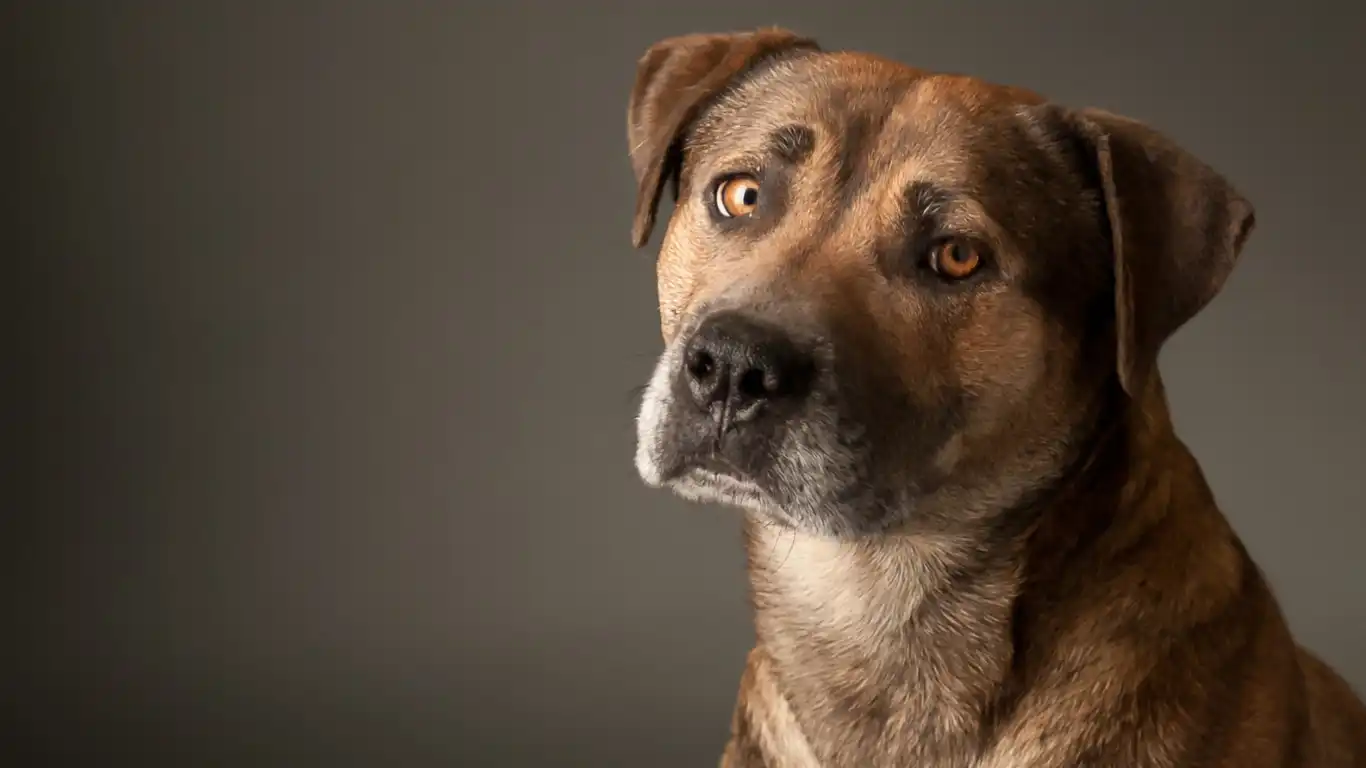
One of the best things you can do is create a safe, calm space where your dog can retreat when the household gets noisy or hectic. Babies bring a lot of stimulation — from crying to visitors — and dogs may need a quiet zone to decompress.
What Makes a Great Safe Space?
- Location: Pick a spot in your home that’s a little removed from the main baby activity areas but still feels part of the family environment.
- Comfort: Include their favorite bed, toys, and maybe a piece of your clothing to provide familiar scents.
- Consistency: Encourage your dog to use this space regularly, not just when the baby is around, so it becomes a natural retreat.
During my veterinary tech days, I’ve seen dogs thrive when given this type of safe haven. It really reduces stress and helps maintain their emotional balance, which is crucial when adjusting to big changes like a new baby.
Introducing Your Dog to the New Baby
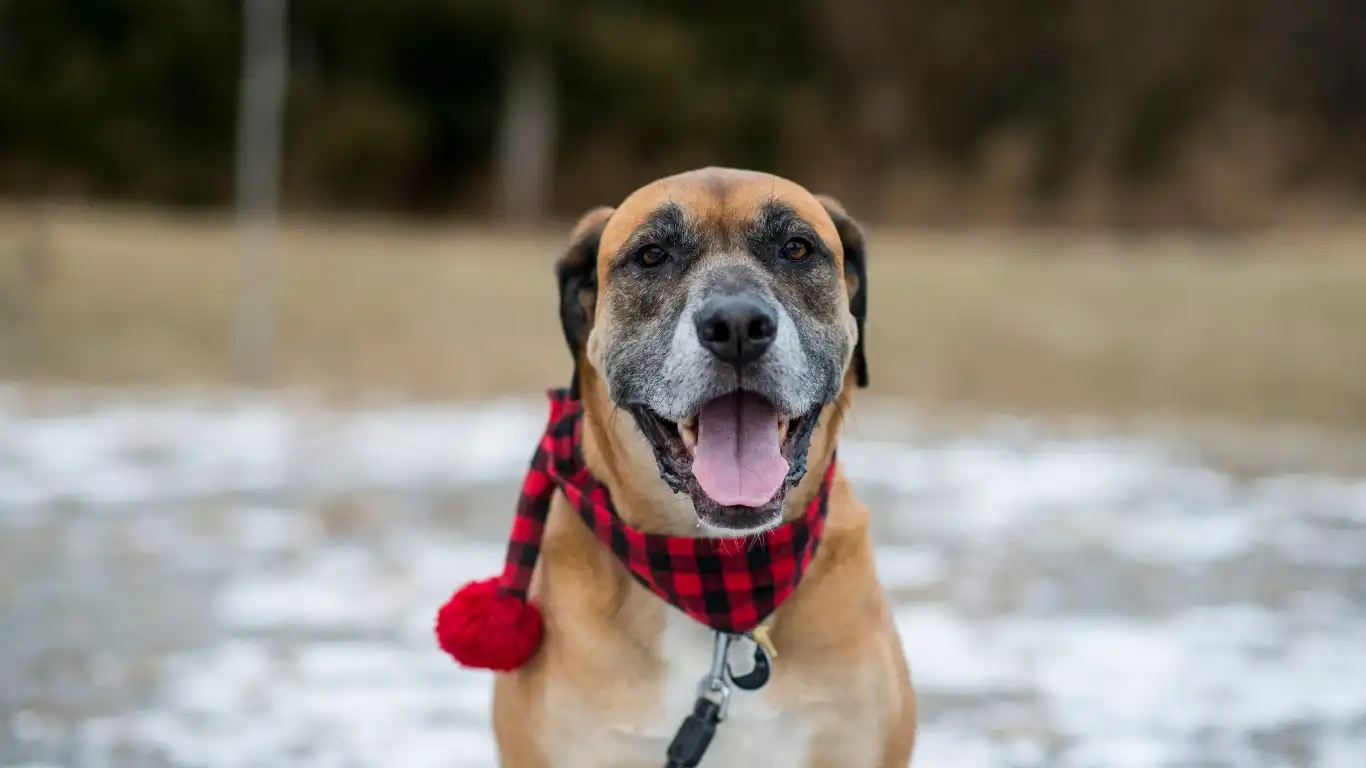
The big moment arrives — your baby is finally home, and your dog is curious, maybe a bit confused, but mostly eager to check out the new family member. How you handle this first meeting can really set the tone for their relationship moving forward. Helping your dog adjust to a new baby means managing introductions thoughtfully and calmly.
From my experience working closely with pet families, the key is to keep things low-key. Overwhelming your dog with too much excitement or forcing interaction right away can backfire. Instead, here’s a gentle approach that I’ve seen work wonders:
- Keep your dog on a leash initially: This helps you control the situation and ensures safety for both your dog and baby.
- Allow your dog to sniff from a distance: Let them get familiar with the new scents at their own pace without rushing in.
- Reward calm behavior: Use treats and soothing praise to reinforce that being calm around the baby is a good thing.
- Never leave them alone together: Even if your dog has been the sweetest companion for years, unsupervised time with a baby is risky.
I always remind pet parents that patience is the name of the game here. Some dogs take to babies right away, while others need more time to feel comfortable. It’s perfectly normal for your dog to act a bit uncertain or shy at first.
Maintaining Your Dog’s Health and Routine

One aspect I can’t stress enough is the importance of keeping your dog’s health and nutrition on point during this busy time. When you’re juggling feeding, diaper changes, and sleepless nights, it’s easy to let your dog’s routine slip — but that can lead to stress or even health issues.
Nutrition Matters More Than Ever
As a Veterinary Technician with a nutrition focus, I’ve seen how diet plays a huge role in a dog’s mood and overall wellbeing. A balanced, high-quality diet can help your dog cope better with stress and maintain their energy levels as the household dynamic shifts.
Consider consulting your veterinarian or a pet nutritionist to make sure your dog’s meals are meeting their needs, especially if they’re experiencing stress-related symptoms like picky eating or digestive upset. Sometimes, adding supplements or switching to a diet formulated for stress relief can be a game-changer.
Stick to Exercise and Playtime
Exercise isn’t just about burning energy — it’s also a crucial stress reliever for dogs. Even short daily walks or play sessions can help keep your dog’s mind and body healthy.
When my clients tell me their schedules have been turned upside down after their baby’s arrival, I encourage them to find creative ways to fit in these moments, whether that’s a quick game of fetch in the backyard or a calm walk around the block with the stroller. These routines not only benefit your dog but also help maintain your bond during this busy period.
Managing Behavioral Changes and Stress
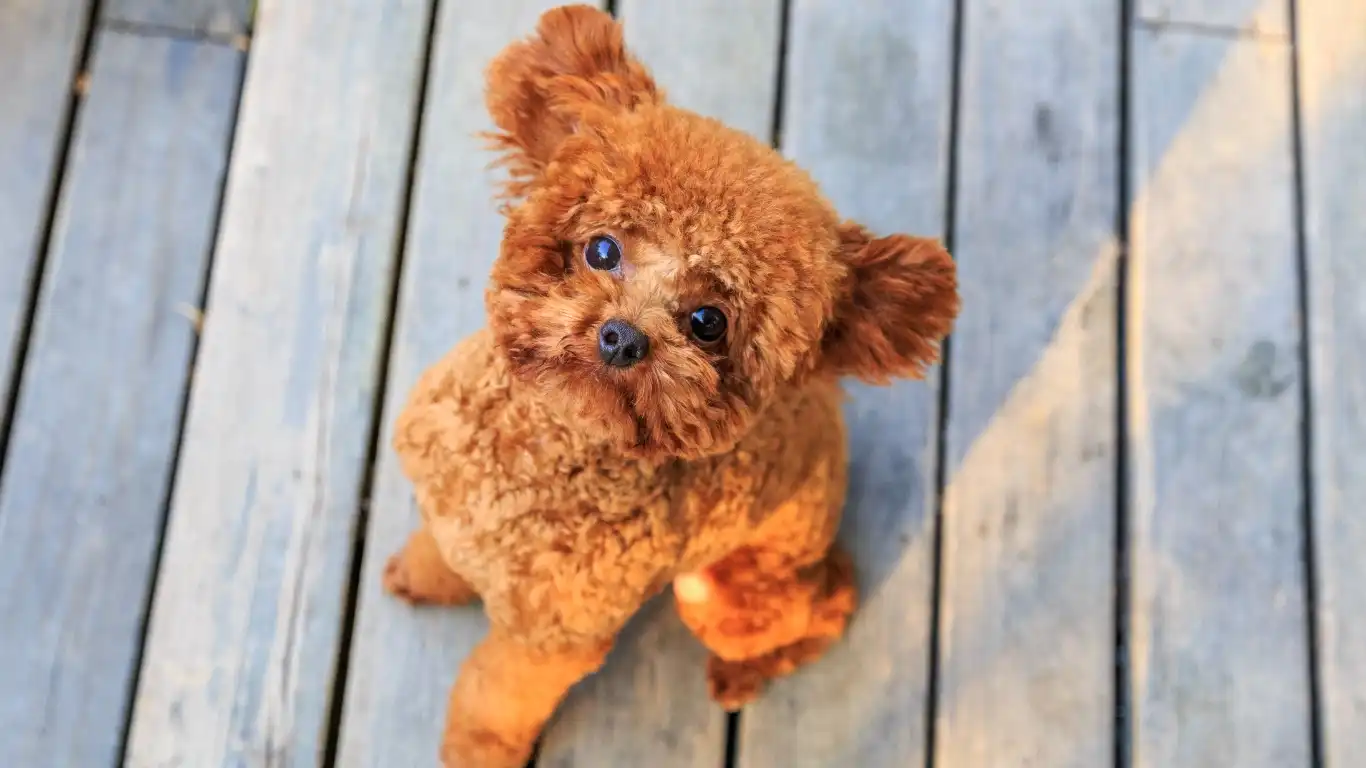
Sometimes, despite your best efforts, your dog might show signs of stress or behavioral changes when adjusting to a new baby. Common signs include increased barking, whining, destructive chewing, or even withdrawal. Recognizing these early and addressing them promptly can prevent long-term issues.
Tips to Ease Your Dog’s Stress
- Consistent Attention: Even if it’s just a few minutes of focused petting or training daily, make time to reassure your dog they’re still loved and important.
- Safe Space Use: Encourage your dog to use their safe space when feeling overwhelmed. Sometimes, a quiet corner is all they need.
- Interactive Toys: Provide puzzle feeders or long-lasting chews to keep your dog mentally engaged when you’re busy with baby care.
- Professional Help: If behaviors escalate or you’re feeling stuck, don’t hesitate to reach out to a certified dog trainer or veterinary behaviorist.
In my practice, I’ve seen how a little guidance from professionals combined with consistent home efforts can completely turn around a stressful situation for both dogs and their families. It’s all about empathy, patience, and the willingness to adapt.
Building a Lasting Bond Between Your Dog and Baby

Once your dog has started to settle into the new family rhythm, the real joy begins—watching them develop a loving bond with your baby. From my experience as a Veterinary Technician, I can tell you this relationship is incredibly special, but it also requires ongoing effort and mindfulness.
One of the most rewarding parts of helping dogs adjust to new babies is seeing them become protective, gentle companions who grow alongside the little one. But it doesn’t happen by accident. Here are some ways you can nurture this precious connection:
- Supervised positive interactions: Always supervise your dog and baby together, especially in the early stages. Use treats and praise when your dog is calm and gentle around the baby.
- Teach gentle touch: As your baby grows, encourage them to learn how to pet and interact with the dog respectfully. This teaches both parties kindness and patience.
- Include your dog in family activities: Whether it’s tummy time in the living room or a stroller walk, involving your dog helps them feel like part of the team, reducing feelings of exclusion.
- Keep training ongoing: Continue basic obedience training and reinforce good manners. This helps your dog understand boundaries, which becomes even more important as your baby becomes mobile.
From the countless families I’ve worked with, the ones who consciously foster this relationship tend to have a smoother, happier household. It’s all about mutual respect and creating positive experiences that build trust over time.
Recognizing When to Seek Help
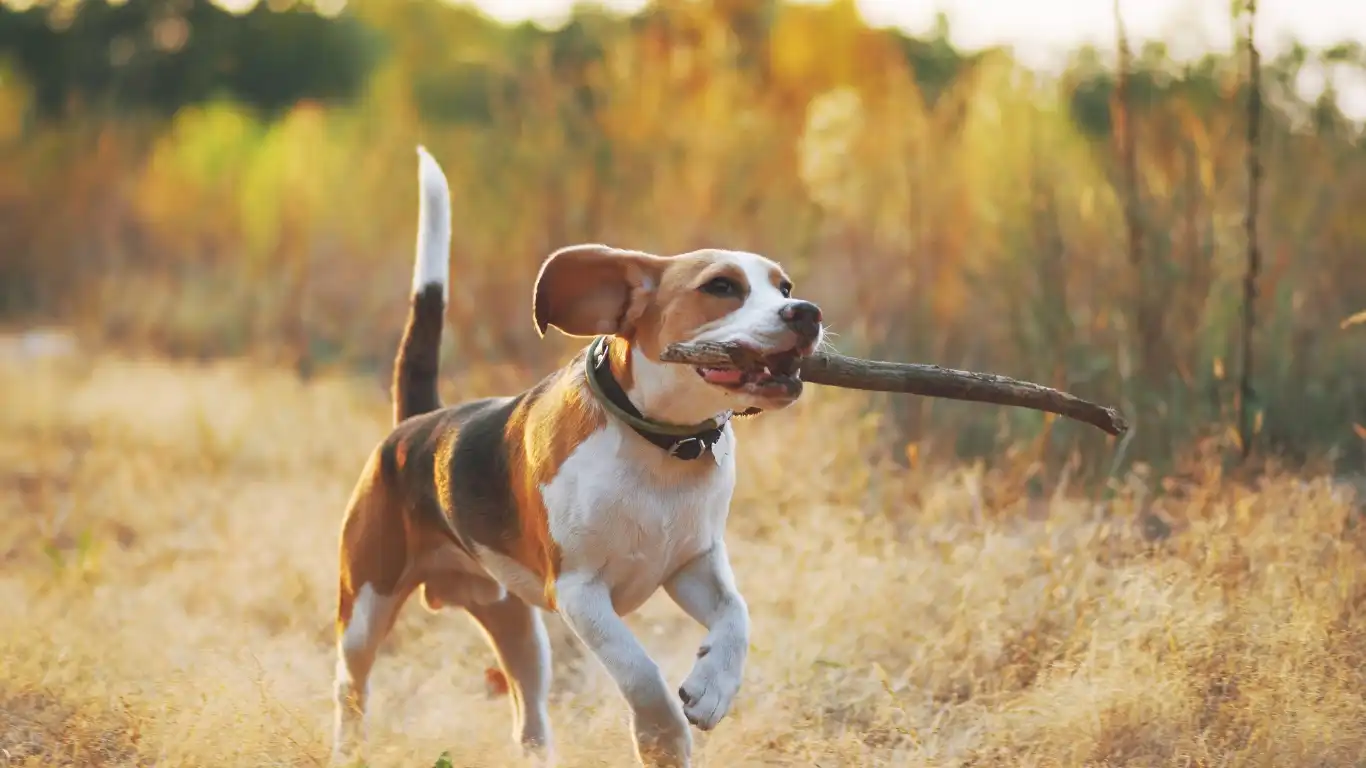
Even with all the preparation and love in the world, sometimes your dog might struggle more than expected with the new baby dynamic. That’s totally okay—dogs, just like people, have different personalities and coping mechanisms. Knowing when to ask for professional help can save a lot of stress and prevent potential problems down the road.
Signs Your Dog Might Need Extra Support
- Sudden or escalating aggression towards family members or strangers.
- Persistent anxiety behaviors like pacing, excessive barking, or destructive chewing.
- Loss of appetite or severe changes in behavior that don’t improve with time.
- Reluctance or fear around the baby that worsens instead of improves.
In my veterinary career, I’ve partnered with certified trainers and veterinary behaviorists to support families in these situations. They provide tailored plans that often include behavior modification, desensitization techniques, and sometimes even medical intervention.
If you ever feel overwhelmed, remember it’s a sign of strength—not failure—to seek out expert guidance. Your dog’s wellbeing and your family’s safety come first.
Final Thoughts on How to Help Your Dog Adjust to a New Baby
Adjusting to a new baby is a major life event for everyone in the household—including your beloved dog. With some preparation, patience, and love, you can guide your furry friend through this change and help build a foundation for a lifelong bond.
Remember, every dog is unique. What worked for one might need tweaking for another. Keep communication open with your vet and consider your dog’s individual needs throughout this journey. The reward? A happy, healthy pup and a safe, loving environment where both your baby and dog can thrive together.
References
- American Veterinary Medical Association (AVMA)
- American Society for the Prevention of Cruelty to Animals (ASPCA)
- American Kennel Club (AKC)
Disclaimer
This article is intended for informational purposes only and should not replace professional veterinary advice. Always consult your veterinarian or a certified animal behaviorist if you have concerns about your dog’s behavior or health, especially during significant life changes like introducing a new baby.
